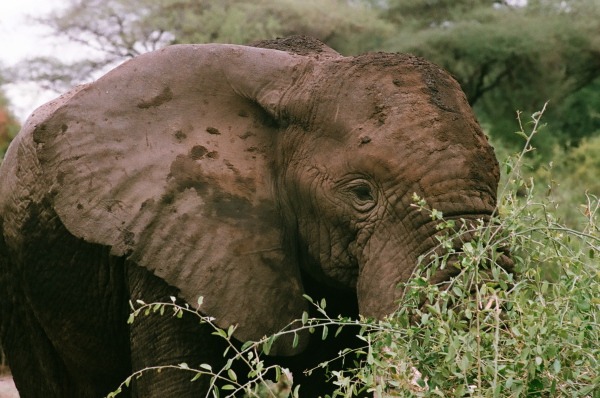Item Link: Access the Resource
File: Download
Date of Publication: May 1, 2015
Year of Publication: 2015
Publisher: American Association for the Advancement of Science
Author(s): William J Ripple, Thomas M Newsome, Christopher Wolf, Rodolfo Dirzo, Kristoffer T Everatt, Mauro Galetti, Matt W Hayward, Graham I H Kerley, Taal Levi, Peter A Lindsey, David W Macdonald, Yadvinder Malhi, Luke E Painter, Christopher J Sandom, John Terborgh, Blaire Van Valkenburgh
Journal: Science Advances
Volume: 1: 4
The world’s largest herbivores face multiple, concurrent threats, This paper from Ripple et al. explores these threats and how the removal of these herbivores can dramatically alter ecosystems. With the threats and effects in mind, the paper puts forth necessary steps for conserving large herbivores.
ABSTRACT: Large wild herbivores are crucial to ecosystems and human societies. We highlight the 74 largest terrestrial herbivore species on Earth (body mass ≥100 kg), the threats they face, their important and often overlooked ecosystem effects, and the conservation efforts needed to save them and their predators from extinction. Large herbivores are generally facing dramatic population declines and range contractions, such that ~60% are threatened with extinction. Nearly all threatened species are in developing countries, where major threats include hunting, land-use change, and resource depression by livestock. Loss of large herbivores can have cascading effects on other species including large carnivores, scavengers, mesoherbivores, small mammals, and ecological processes involving vegetation, hydrology, nutrient cycling, and fire regimes. The rate of large herbivore decline suggests that ever-larger swaths of the world will soon lack many of the vital ecological services these animals provide, resulting in enormous ecological and social costs.

